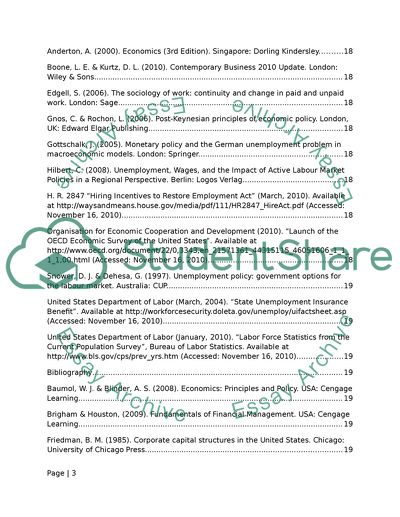Cite this document
(Public Policy - the Soaring Rate of Unemployment in USA Research Paper - 1, n.d.)
Public Policy - the Soaring Rate of Unemployment in USA Research Paper - 1. Retrieved from https://studentshare.org/macro-microeconomics/1744600-public-policy
Public Policy - the Soaring Rate of Unemployment in USA Research Paper - 1. Retrieved from https://studentshare.org/macro-microeconomics/1744600-public-policy
(Public Policy - the Soaring Rate of Unemployment in USA Research Paper - 1)
Public Policy - the Soaring Rate of Unemployment in USA Research Paper - 1. https://studentshare.org/macro-microeconomics/1744600-public-policy.
Public Policy - the Soaring Rate of Unemployment in USA Research Paper - 1. https://studentshare.org/macro-microeconomics/1744600-public-policy.
“Public Policy - the Soaring Rate of Unemployment in USA Research Paper - 1”, n.d. https://studentshare.org/macro-microeconomics/1744600-public-policy.


